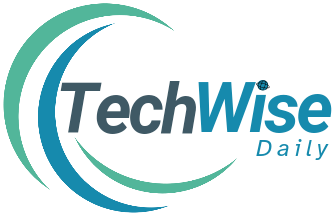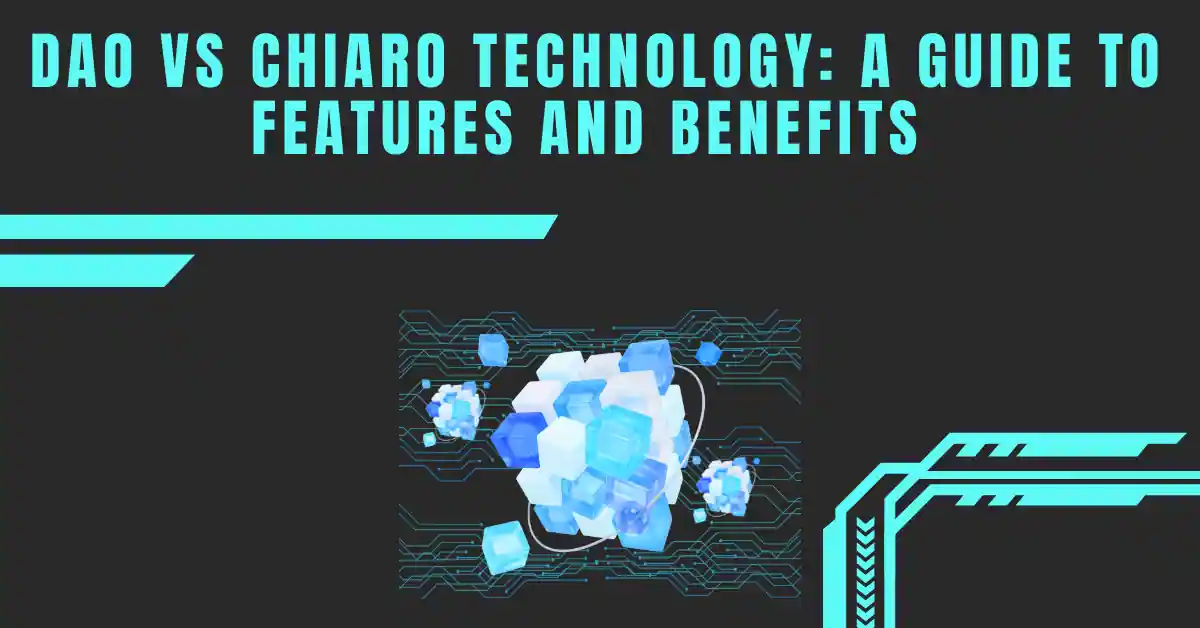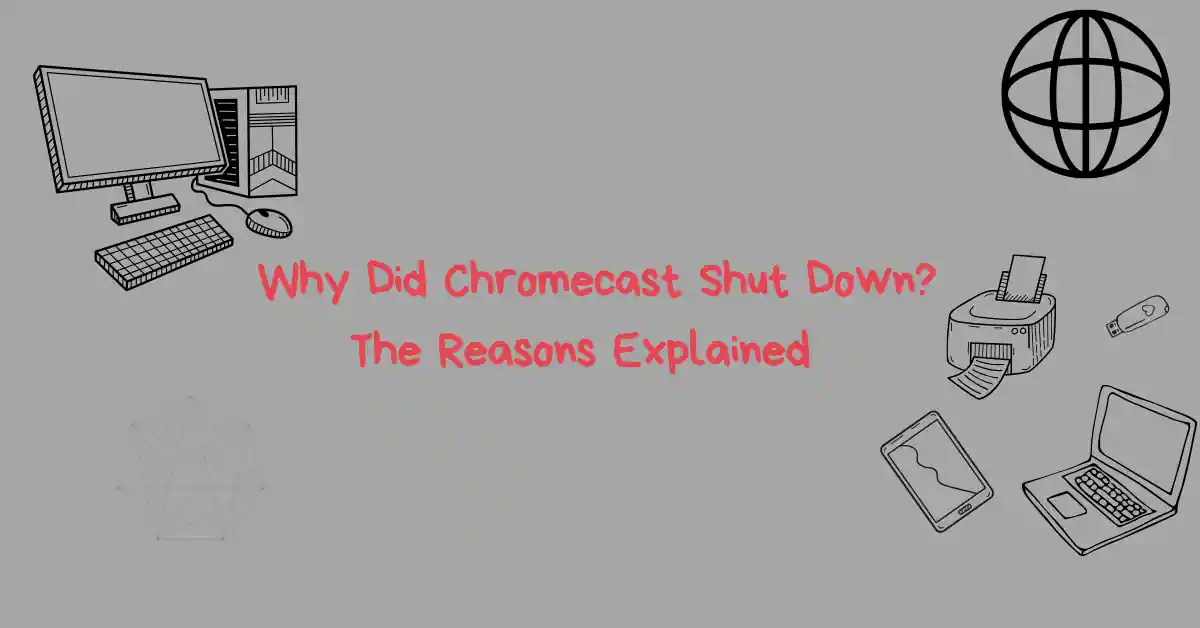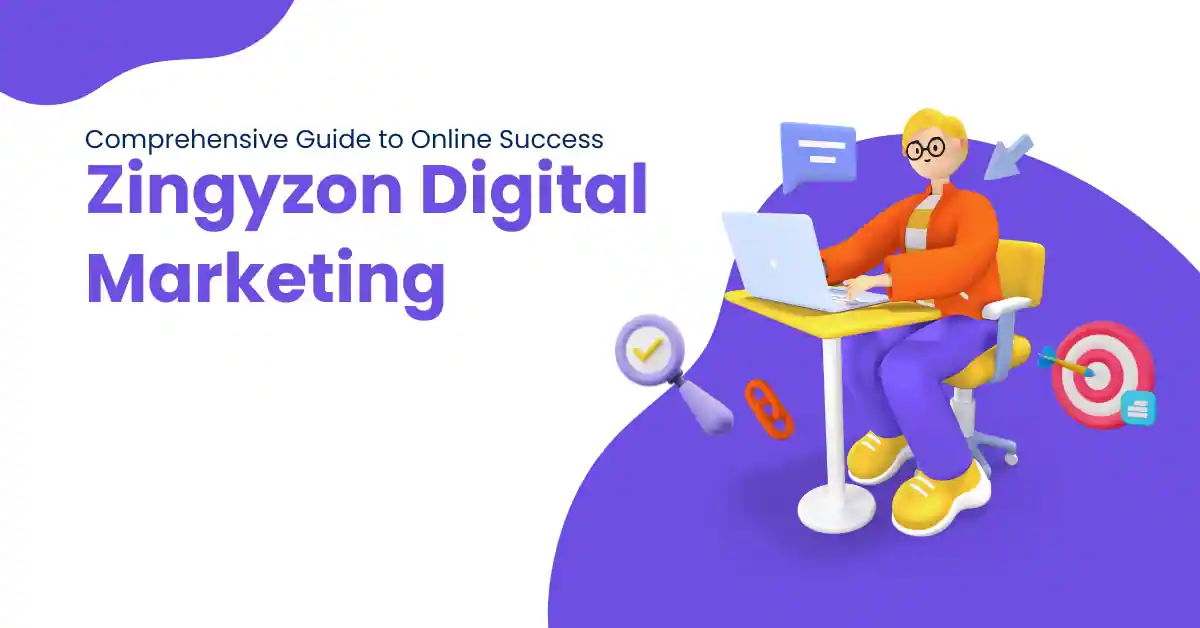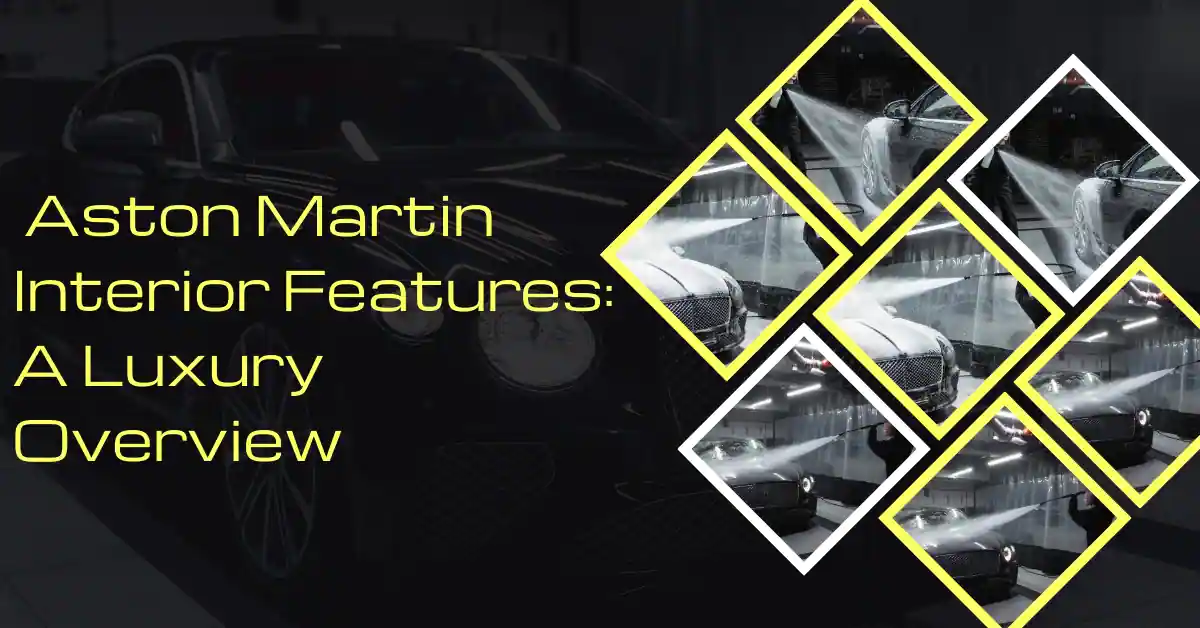In the fast-paced tech world, new technologies frequently emerge, making it challenging to stay updated. Two recent concepts capturing attention are DAO vs Chiaro Technology. Each offers unique approaches to managing projects, enhancing transparency, and promoting engagement. But what exactly sets DAO and Chiaro Technology apart? Let’s dive into a detailed comparison to help you determine which might best meet your needs.
Table of Contents
ToggleWhat is DAO?
A Decentralized Autonomous Organization (DAO) is a digital structure based on blockchain that enables decentralized decision-making. Unlike traditional companies, DAOs are governed by community members through a democratic voting system and smart contracts. This makes DAOs highly transparent, with power distributed among users rather than concentrated at the top. DAOs are especially popular within cryptocurrency and blockchain communities for their decentralized, community-led approach.
What is Chiaro Technology?
In the context of DAO vs Chiaro Technology, Chiaro Technology stands as a streamlined framework focused on clarity, transparency, and adaptability. Chiaro is designed to enhance straightforward communication and workflow management, catering to companies that prioritize ease of use and transparency without needing a decentralized structure. This makes it ideal for organizations seeking flexible and transparent digital solutions without the complexity associated with blockchain technology.
Core Differences Between DAO and Chiaro Technology
Purpose and Applications
When exploring DAO vs Chiaro Technology, the primary distinction lies in their purpose. DAO supports decentralized governance and community-driven projects, making it a go-to choice for blockchain-based initiatives. Chiaro Technology is more versatile and suitable for a range of business types that emphasize transparency and simple management systems over decentralized control.
Technology Stack
DAOs operate within the blockchain ecosystem, often using platforms like Ethereum to manage smart contracts. In contrast, Chiaro Technology can be implemented across various tech environments, which offers flexibility for organizations that don’t rely on blockchain.
Ease of Integration
In terms of DAO vs Chiaro Technology integration, implementing DAO requires familiarity with blockchain protocols and is best suited for organizations already versed in the technology. Chiaro Technology, however, is more accessible, with an easier setup process that doesn’t necessitate a blockchain background, allowing for smoother integration.
Features and Functionalities
Decentralization in DAO
Decentralization is a cornerstone of DAO, making it a crucial factor in the DAO vs Chiaro Technology debate. Here, decision-making power is spread across members instead of a central authority, encouraging community involvement and aligning decision-making with the values of those who participate.
Transparency in Chiaro
Chiaro Technology prioritizes transparent workflows and direct communication, enabling businesses to operate with a high level of clarity. This feature makes Chiaro Technology appealing in the DAO vs Chiaro Technology comparison for companies focused on accountability and open communication within their teams.
Benefits of Using DAO
Community-Driven Governance
DAO’s community-focused governance model allows all members to have a say, which is ideal for businesses or projects that value democratic involvement. Decisions on budget, project scope, and strategy are voted on by the community, fostering collective ownership.
Security and Reliability
DAOs benefit from blockchain’s inherent security and transparency. Each transaction and vote is recorded on the blockchain, reducing the chances of tampering or fraud. This makes DAOs highly secure and trustworthy.
Benefits of Using Chiaro Technology
Simplicity and User-Friendly Design
Chiaro Technology is designed with simplicity in mind, making it easy for users without a technical background to navigate. Its intuitive interface supports businesses that want productivity tools without a steep learning curve.
Flexibility and Adaptability
In the DAO vs Chiaro Technology discussion, Chiaro’s adaptable framework is a clear advantage, allowing businesses to customize it based on their specific needs. From project management to communication tools, Chiaro’s flexibility benefits a range of industries looking for scalable and easy-to-use solutions.
DAO vs Chiaro Technology: Pros and Cons
Pros of DAO
- Promotes community involvement and transparency
- High security through blockchain technology
- Decentralized decision-making
Cons of DAO
- Requires blockchain expertise for integration
- Limited to blockchain-compatible projects
- Can be complex for teams new to decentralization
Pros of Chiaro Technology
- Easy to use, with an intuitive interface
- Can be applied across a range of industries
- Transparent workflows for effective communication
Cons of Chiaro Technology
- Lacks a decentralized structure
- Limited community-driven governance
- Less robust security compared to blockchain-based DAOs
Use Cases and Real-World Applications
DAO Use Cases
DAOs are especially popular in the cryptocurrency sector, where projects benefit from transparent, community-led governance. Other emerging DAO applications include NFT platforms, decentralized finance (DeFi) projects, and even digital cooperatives that focus on shared ownership.
Chiaro Technology Use Cases
Chiaro Technology is ideal for companies that prioritize clear communication, effective project management, and accountability. In the DAO vs Chiaro Technology landscape, Chiaro benefits businesses, educational institutions, nonprofits, and organizations that need transparency without decentralization.
How to Choose Between DAO and Chiaro Technology
Consider Your Business Needs
If your business depends on a decentralized structure where every stakeholder has a say, DAO is likely the more suitable choice. However, if simplicity, transparency, and flexibility are your main priorities, Chiaro Technology may be the better option.
Evaluate Long-Term Goals
In the DAO vs Chiaro Technology evaluation, think about the long-term vision for your organization. If you plan on exploring blockchain and cryptocurrency opportunities, a DAO may offer significant advantages. But if you need a more general, adaptable solution, Chiaro Technology can provide a scalable, transparent foundation.
Conclusion
The DAO vs Chiaro Technology comparison reveals two innovative solutions, each with distinct advantages depending on your organization’s goals. DAOs cater to decentralized, community-led initiatives, while Chiaro Technology offers simplicity, adaptability, and ease of integration. Understanding these differences can help you choose the right technology to fit your needs.
FAQs
1. Which is better for beginners: DAO or Chiaro Technology?
Chiaro Technology is generally easier for beginners due to its user-friendly design and adaptable nature outside of blockchain requirements.
2. Can a company use both DAO and Chiaro Technology?
Yes, businesses can combine DAO’s decentralized governance with Chiaro’s transparent management, especially for companies with diverse operational needs.
3. Is DAO secure?
Yes, DAO’s blockchain foundation offers robust security and transparency, although users should consider the complexities and risks of blockchain technology.
4. What industries benefit most from DAOs?
Industries like finance, cryptocurrency, and community-driven projects gain the most from DAOs due to their focus on transparency and shared governance.
5. Does Chiaro Technology support blockchain?
Chiaro Technology is not inherently blockchain-based, but it can be adapted to work with blockchain systems if necessary.
